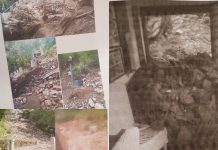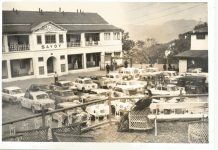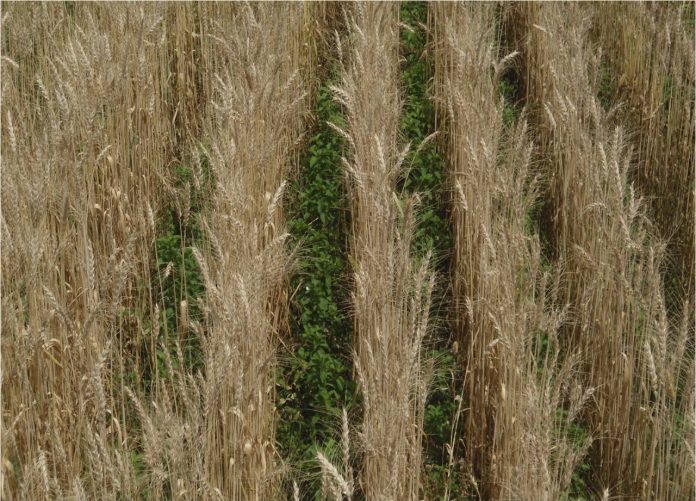Dateline Udham Singh Nagar: Baburam Saini is a happy and content farmer from Narpat Nagar. His experiment with intercropping something as basic as Mentha/Mint has added more zeroes to his agricultural income.
Today, Baburam’s 5.5 acres of land is producing additional crop thanks to the technical assistance from the Centre for Aromatic Plant (CAP). Based in Selaqui, CAP is teaching farmers the nuances of intercropping and its multiple benefits. Baburam intercrops maize, mentha/mint and cucumber with his main crop being wheat which has assured better returns.
This one case study reflects the story of over five thousand farmers of Udham Singh Nagar who are being provided technical assistance by the Centre for Aromatic Plant/ CAP in 47 clusters.
The continuous efforts of CAP has ensured that the cultivation of Mint has now crossed borders from Khatima into Sitarganj, Rudrapur and Jaspur development blocks as well. Cultivators have taken to this new technique like ducks to water and are readily intercropping crops for lucrative returns.

A similar story in repeated in Haridwar district where Rao Farooq Khan has been intercropping mint with wheat since 2017. At present, 453 farmers in 14 clusters of Bhagwanpur, Narsan, Bahadarabad and Khanpur in Haridwar are reaping benefits from the technical cooperation of Centre for Aromatic Plant.
A perennial aromatic herb, Japanese peppermint (Mentha arvensis) grows to a height of 60-80 cm. A growing demand for Mentha oil and herbs in industries such as food, flavouring, pharmaceutical, cosmetics and confectionaries shows India dominating the international market with an annual turnover of Rs.6000 crores.
In Uttarakhand, the Terai region is best suitable for the cultivation of this Japanese mint which is being cultivated in 6,118 hectares of land in the four districts of Udham Singh Nagar, Haridwar, Nainital and Dehradun.
In collaboration with CAP, the State Government plans to develop thirteen Aroma Valleys over the next seven years. Plans are afloat to cover 7,000 hectares of land which will in turn benefit close to twenty eight thousand farmers in the hill-state.























































